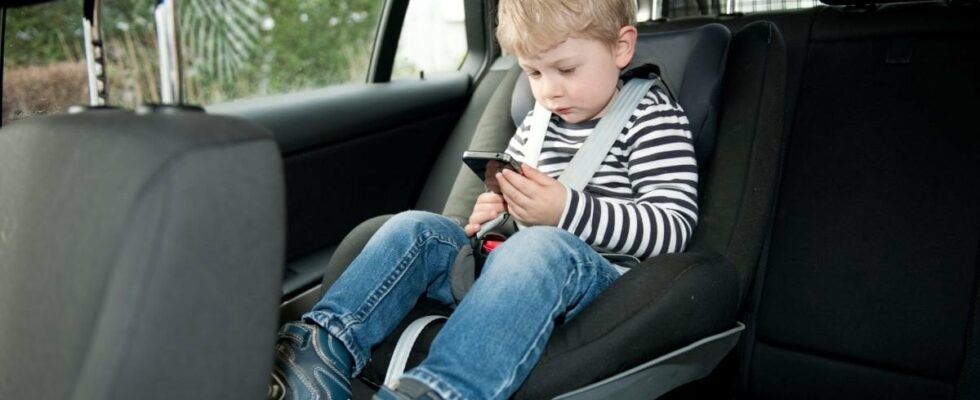As of September 1, a new EU law puts an end to the sale of many common child car seats, as these do not meet the latest safety requirements.
More specifically, it concerns chairs that meet the old standard UN R.44.
From now on, only chairs built for the newer standard UN R.129 may be sold.
Read more: Big cars kill more people than they save
Better head and neck protection
The important difference between the UN R.44 and UN R.129 regulations is that seats built to the UN R.129 standard are tested for side impact protection, which is not the case for UN R.44 seats.
Chairs built to the UN R.129 standard also have improved head and neck protection.
UN R.129 came in 2013 and is still a relatively new standard. The range of chairs that comply with the newer standard is thus still limited.
Read more: Volvo recalls five popular models – thousands are affected
A limited supply
Child car seats of the R.44 standard have therefore been significantly more common on the market until the sales stop.
Another difference between the UN R.44 and UN R.129 standards is that you choose a UN R.44 seat based on the child’s weight.
Instead, the UN R.129 seat is chosen primarily based on the child’s height. Isofix seats also state how much the child can weigh at most.
Read more: Can you overtake on the right side? That’s what the law says
This is how parents should act
The fact that many of the most common child car seats on the market are subject to a sales freeze can appear worrying for owners of such.
As a parent, you may also wonder how you should act, not least when it comes to the fact that the older chairs do not meet the latest safety requirements.
However, according to the National Traffic Safety Association (NTF), there is no reason to worry. UN R.129 is certainly a newer standard, but that does not mean, according to the NTF, that the UN R.44 seats are unsafe.
Car seats of the UN R.44 standard are approved to be used throughout their lifetime, which according to Swedish recommendations is 10 years.
As a parent, it is therefore perfectly okay to continue driving your child in a UN R.44 seat.
Read more: How fast can a fire engine go?
